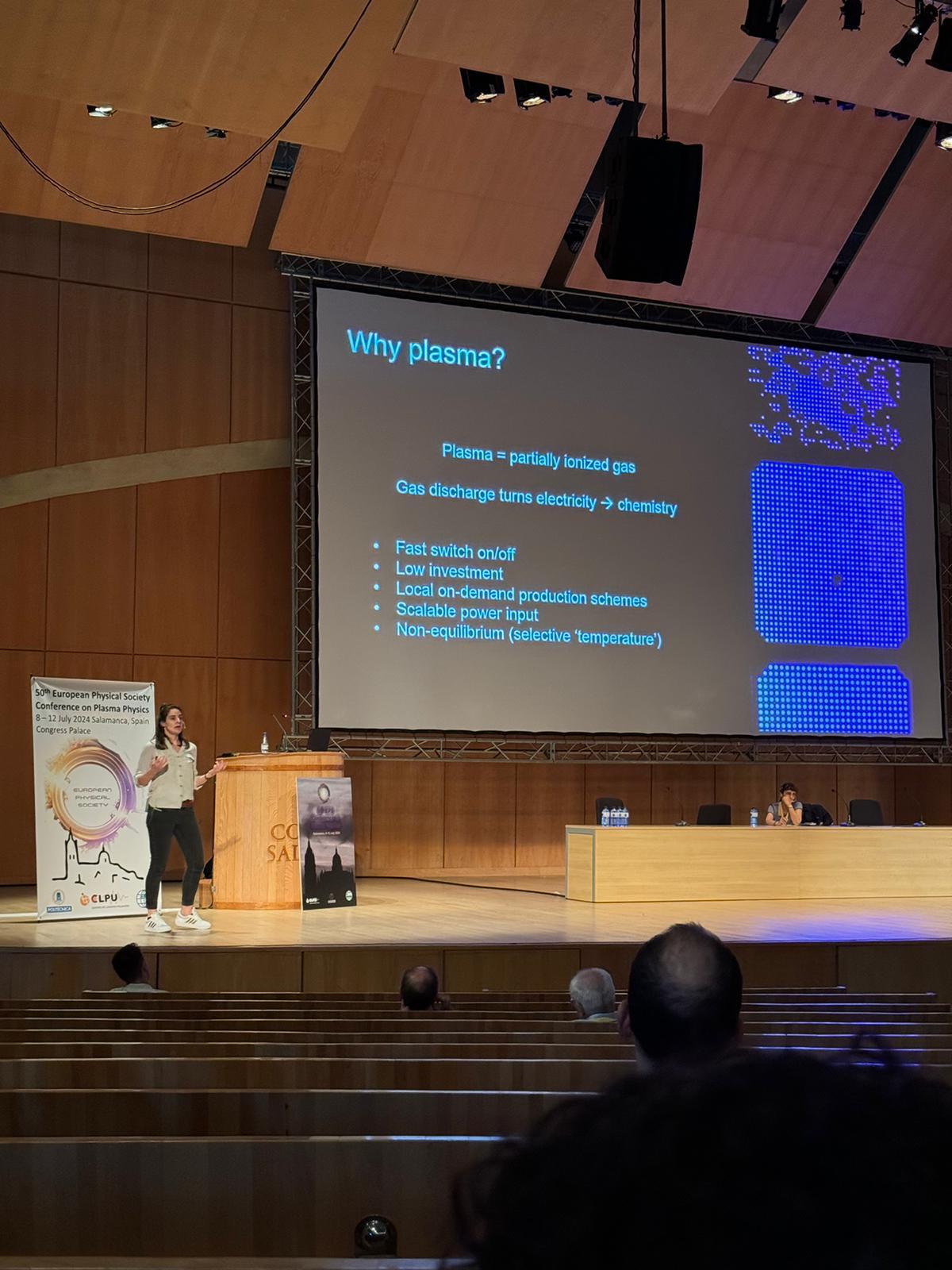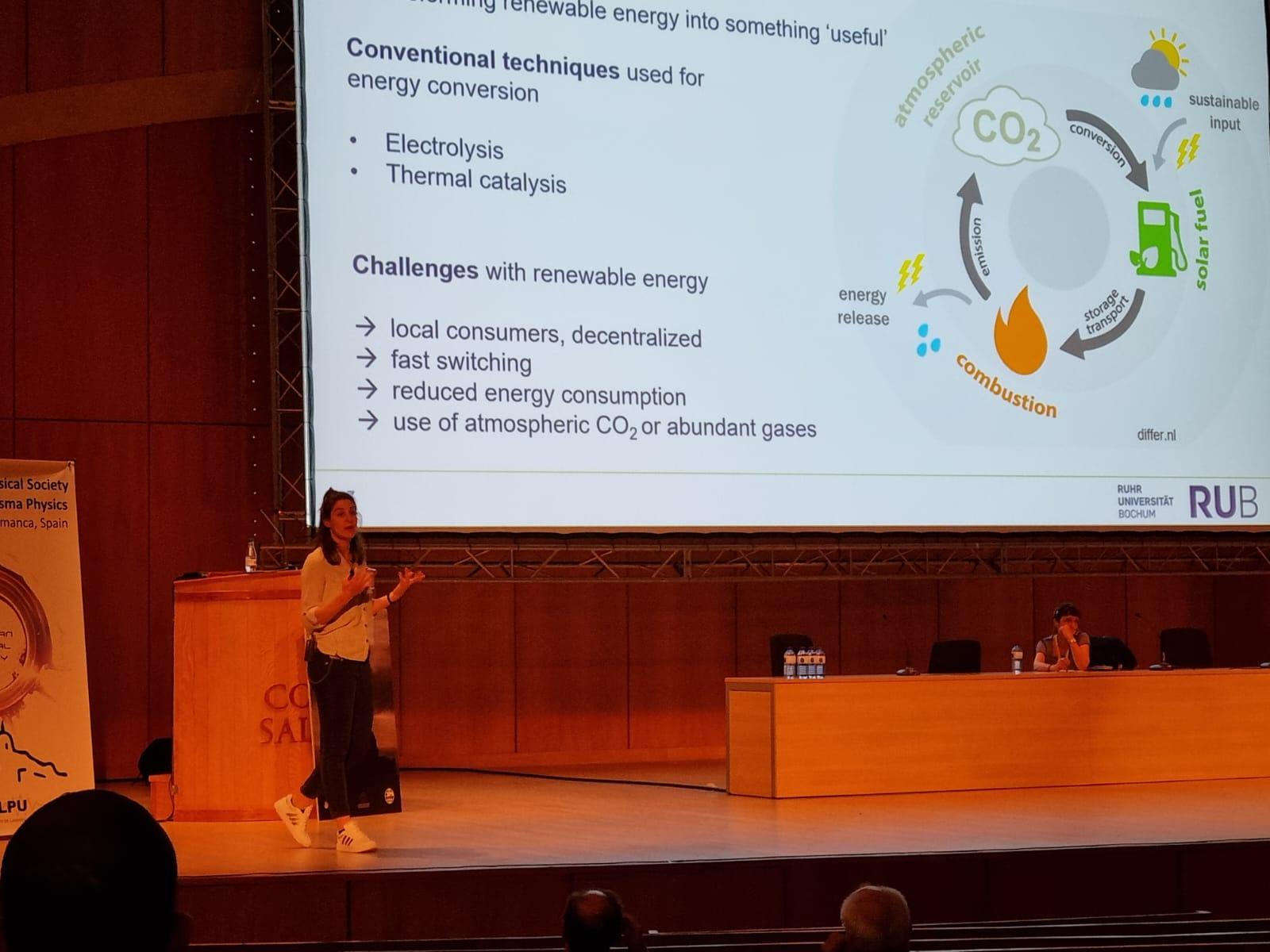- Details
Conference
Several contributions on the International Conference on Phenomena in Ionized Gases (ICPIG)
In July, the scientific work of the CRC 1316 has been presented in four talks and several posters in Aix en Provence during the ICPIG conference. At this conference, various fields within plasma physics are joined: Modelling and experiments, from fundamental research to applications. CRC Members from the physics, chemistry and engineering department contributed to the fruitful scientific exchange. One highlight was an excursion to the ITER site; the large research reactor for fusion, currently being built in Cadarache.
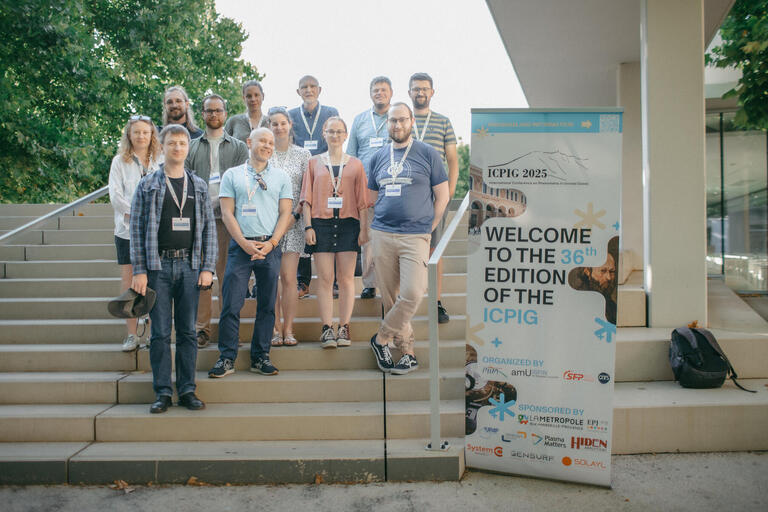
- Details
AWARDS
Congratulations to Dr. Steffen Schüttler!
Steffen successfully defended his thesis on "Plasma chemistry of H2O2 generation in atmospheric pressure plasma jets: from gas to liquid phase".
During his PhD project he investigated the generation of H2O2 from the gas phase towards a liquid, in which biomolecules were modified by H2O2. His work is an important contribution to biocatalysis.
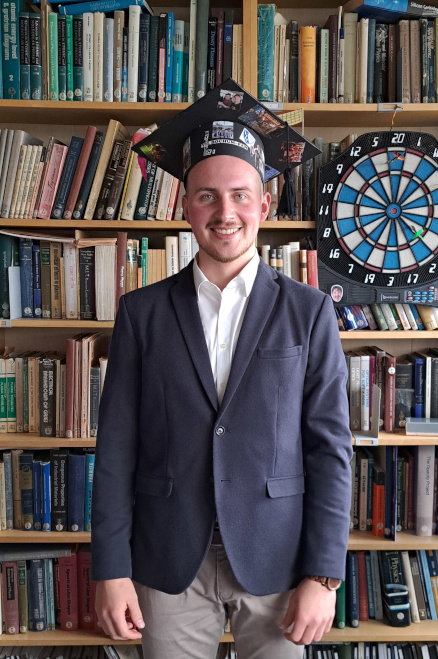
- Details
AWARDS
Congratulations to Dr. David Steuer!
Great honour for David Steuer, who successfully defended his dissertation on "Discharge Characteristics of a Micro Cavity Plasma Array in Helium-Oxygen Mixtures: Oxygen as a Model System for Plasma Catalytic Applications".
During his PhD project, he investigated the influence of oxygen on DBDs, that could be used for plasma catalysis.

- Details
Conference
DPG Göttingen 2025
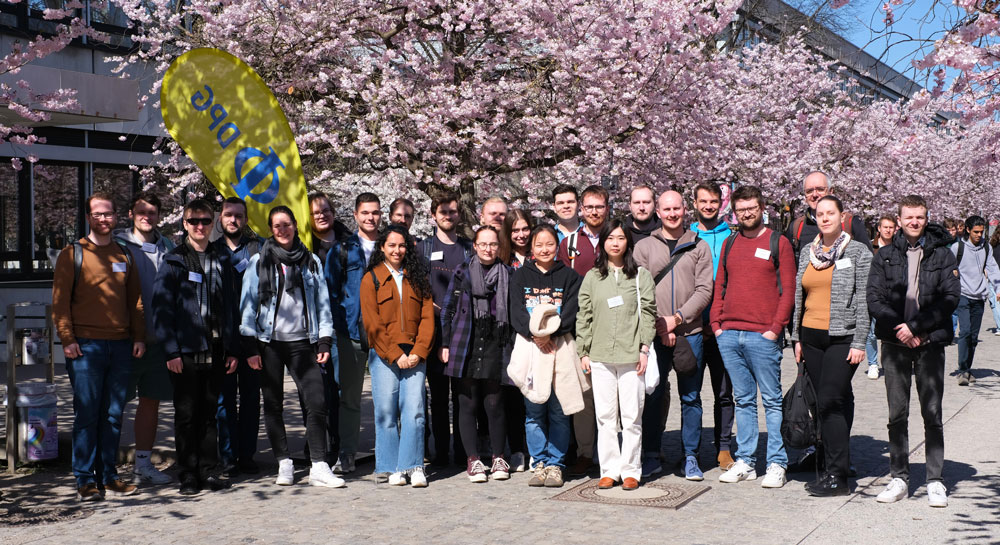
From 31 March to 4 April 2025, the Germany Physics Society (DPG) Spring Meeting in Göttingen, Section Matter and Cosmos, took place in Göttingen.
The CRC 1316 participated in the spring conference with three invited talks, numerous oral presentations and poster presentations. With these contributions, we presented the CRC research as well as we exchanged our knowlendge with other scientists in the field. Several fruitful discussions opened up the way for new ideas and future cooperations.
- Details
Awards
Outstanding Master thesis
Huge congrats to Robin Labenski for winning the student prize for his master thesis at the Ruhr-Universität Bochum!
His master thesis “Laser induced influence of charges in a dielectric barrier discharge under atmospheric pressure” discusses the improvement of plasma catalysts using a metal grid array with cavities of diameters between 50 and 200 µm. Using an Nd:YAG laser, the surface charges of the reactor could be manipulated to investigate the behaviour of the discharge.
Project A6 of the CRC 1316 (funded by the German Physical Society (DFG)), where this thesis was set, seems to be very successful in winning this prize. 2021 David Steuer won it for his master thesis and in 2023 Henrik van Impel won the prize with his bachelor thesis.
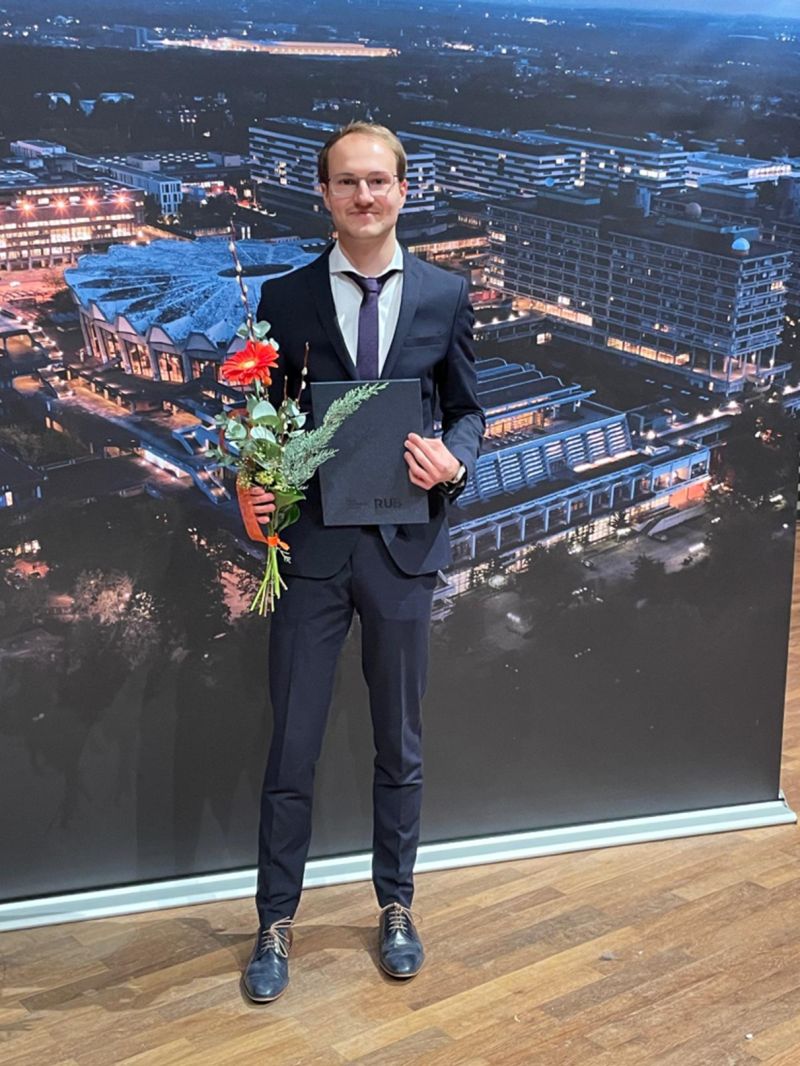
- Details
Conference
Invited talk at the GEC
In October 2024, Prof. Dr. Judith Golda has been invited to present on "Plasma-surface interaction in plasma catalysis" at the 77th Annual Gaseous Electronics Conference in San Diego, USA. In her 30 minute-talk, she gave an overview of the current research on combining plasmas with catalysts in order to store, for instance, renewable energy in chemical forms. The design and diagnostics of atmospheric pressure non-equilibrium plasmas has been as well a focus as theoretical and experimental research in the field. In particular, applications, such as biocatalysis, gas conversion, and catalyst surface modification for processes like electrolysis have been discussed.
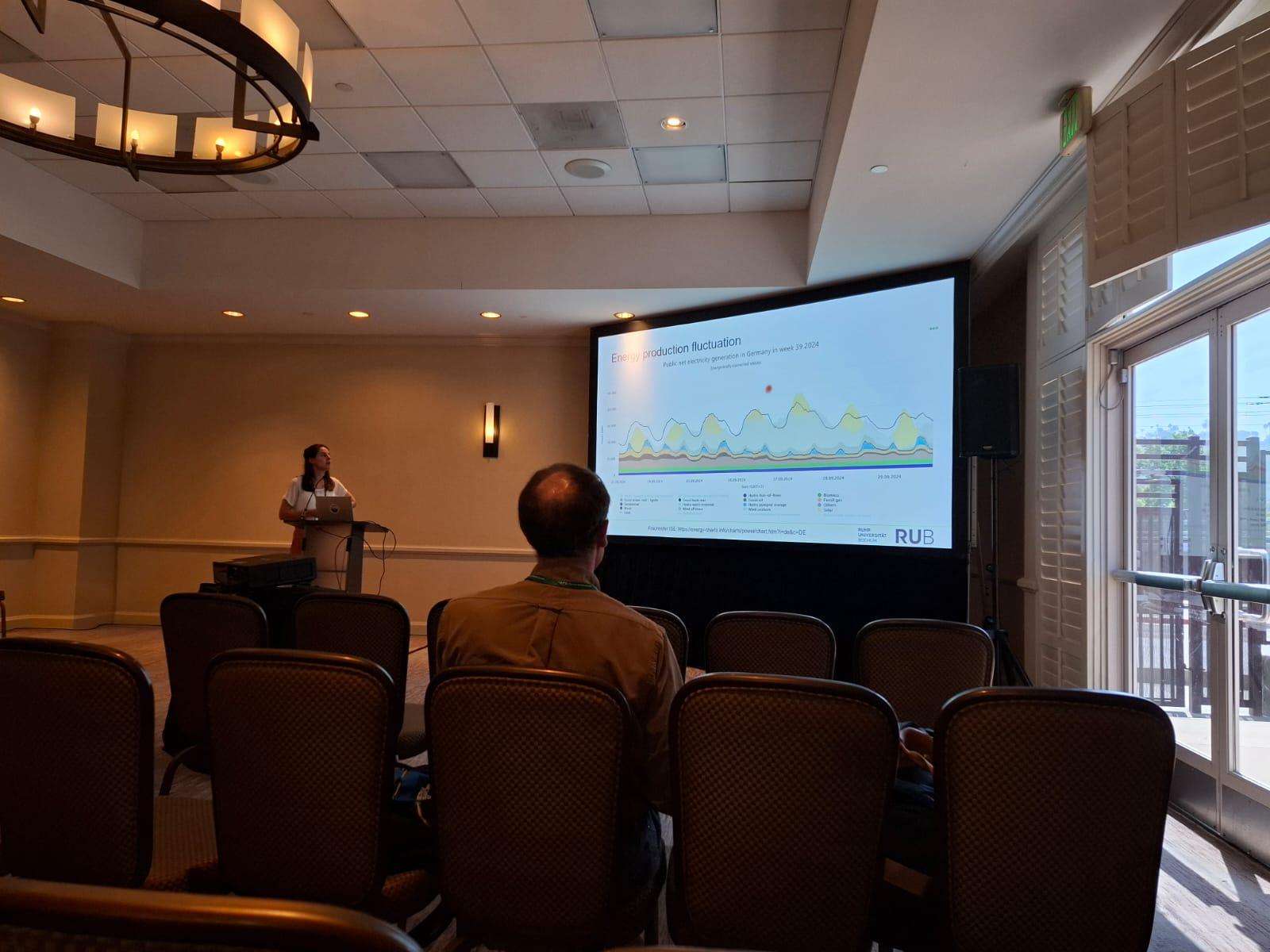
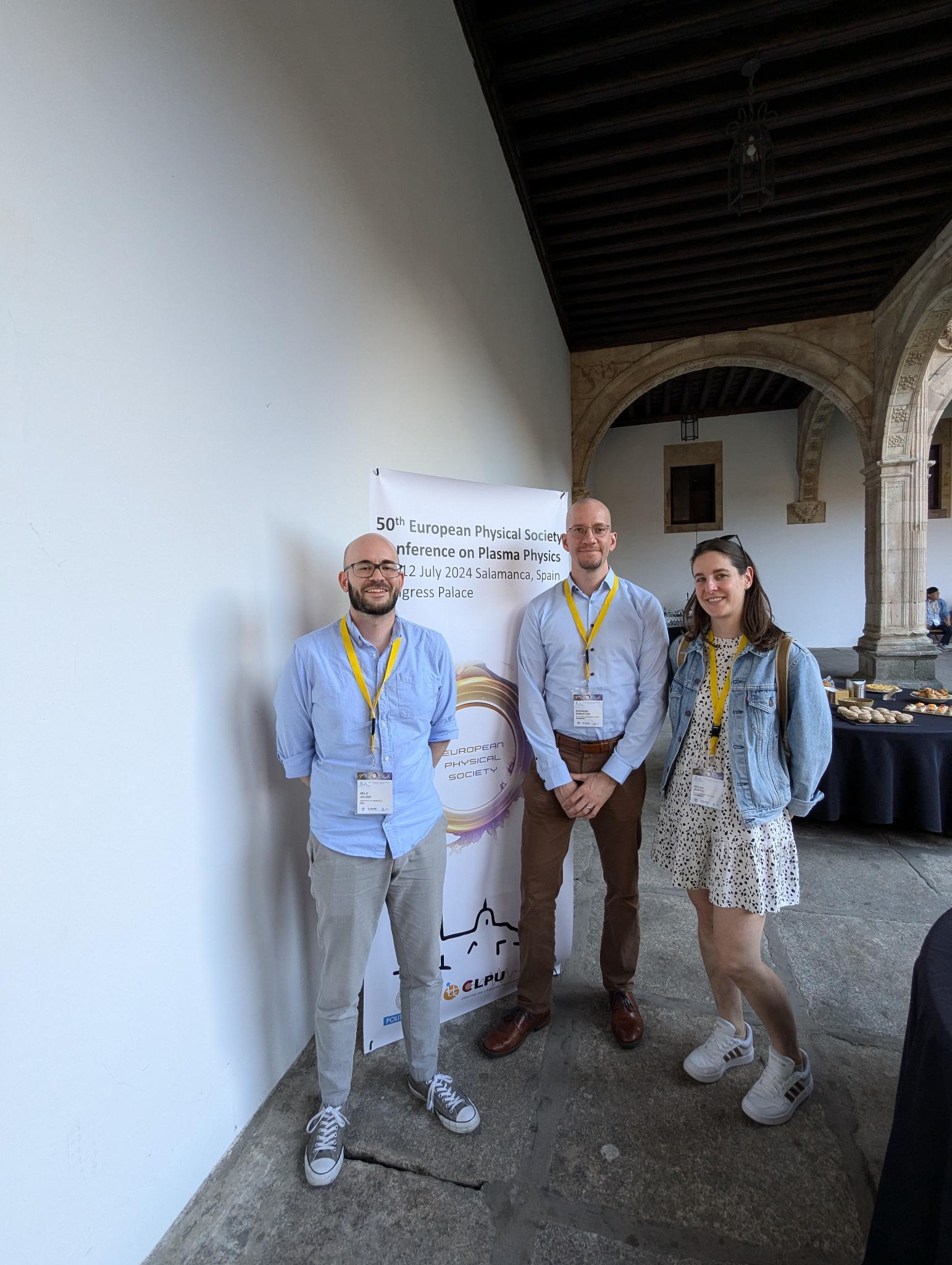
- Details
Conference
Plenary talk at the EPS
In July 2024, Prof. Dr. Judith Golda has been invited to give a plenary talk about atmospheric pressure plasmas at the 50th EPS conference on Plasma Physics in Salamanca, Spain.
Her talk, titled with "Atmospheric pressure plasma: From basic physics to environmental applications", provided an overview of the current status of plasma catalysis. Low temperature plasmas have been used for surface modifications for more than five decades. However, several plasma-surface interactions remain to be discovered. Particularly the non-equilibrium character of low temperature plasmas seems to be a promising candidate to improve the commonly known thermal catalysis. Plasma catalysis could be used to tackle, for instance, the current challenges in storing renewable energy in chemical resources.
